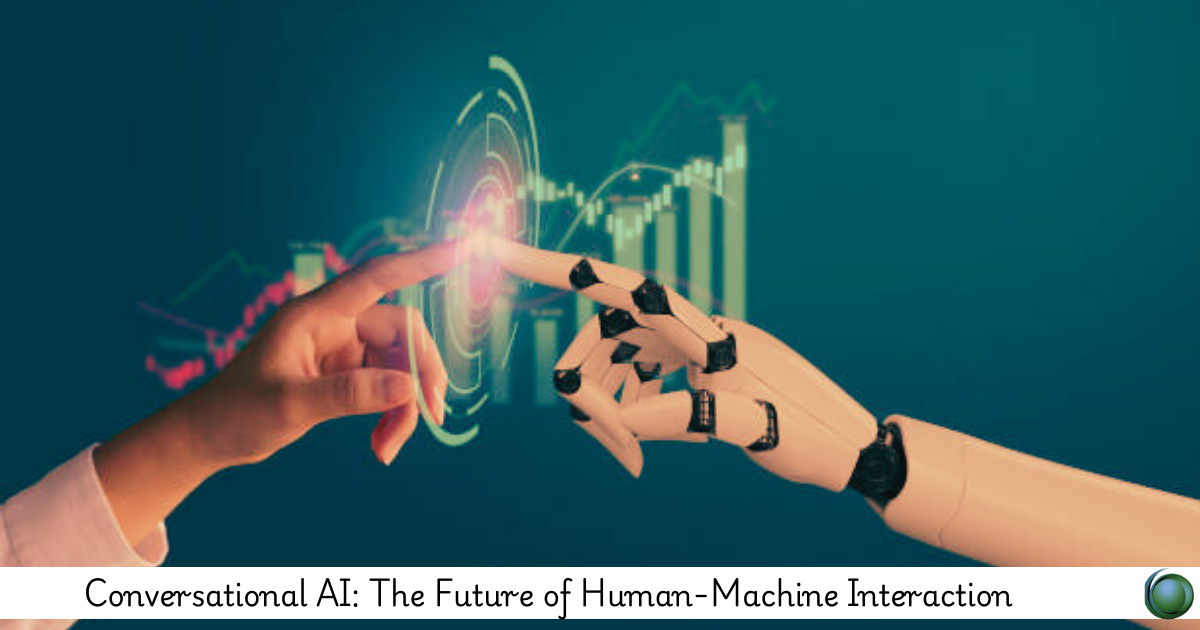Description
Introduction
Conversational AI is reshaping how humans interact with machines, allowing for more natural, efficient, and personalized experiences. From chatbots to voice assistants, this technology has the potential to transform industries by improving customer service, enhancing user experience, and driving innovation. In this course, participants will explore the fundamentals of conversational AI, its core technologies, and practical applications. By understanding the role of natural language processing (NLP), machine learning, and human-computer interaction, learners will gain the skills to build and optimize their own conversational AI systems for diverse environments.
Prerequisites
-
Basic understanding of artificial intelligence and machine learning principles
-
Familiarity with programming concepts (preferably in Python)
-
No prior experience with conversational AI is required
Table of Contents
-
Introduction to Conversational AI
1.1 What is Conversational AI?
1.2 Evolution of Human-Machine Interaction
1.3 Key Components of Conversational AI
1.4 The Role of NLP in Conversational AI -
Fundamentals of AI and Machine Learning
2.1 Overview of Artificial Intelligence
2.2 Machine Learning and Its Role in AI
2.3 Natural Language Processing (NLP) Basics
2.4 Deep Learning and Neural Networks -
Core Technologies Behind Conversational AI
3.1 Speech Recognition and Synthesis
3.2 Text-to-Speech and Speech-to-Text Technologies
3.3 Chatbots vs. Virtual Assistants: Key Differences
3.4 The Role of Intent Recognition and Entities -
Building Conversational AI Systems
4.1 Designing Effective Conversations
4.2 Tools and Platforms for Creating AI Assistants
4.3 Developing Conversational Interfaces
4.4 Training Conversational AI with Data -
Natural Language Understanding (NLU) and Generation (NLG)
5.1 NLU: Understanding User Intent
5.2 NLG: Crafting Human-Like Responses
5.3 Machine Translation in Conversational AI
5.4 Contextual Awareness and Memory -
Voice and Text-Based Conversational Agents
6.1 Voice Assistants (e.g., Alexa, Siri, Google Assistant)
6.2 Text-Based Chatbots and Messaging Platforms
6.3 Multimodal Conversational AI: Combining Text and Voice
6.4 Integrating Conversational AI with IoT -
Applications of Conversational AI
7.1 Customer Service and Support
7.2 Healthcare and Personal Assistance
7.3 E-commerce and Sales Support
7.4 Education and Training Solutions
7.5 HR and Employee Management -
Designing Conversational Experiences
8.1 Crafting User-Centric Conversational Flows
8.2 Personalizing User Interactions
8.3 Handling Complex Dialogs and Multiturn Conversations
8.4 Designing for Accessibility and Inclusivity -
Challenges and Limitations in Conversational AI
9.1 Addressing Ambiguities in Language
9.2 Improving AI Understanding of Complex Queries
9.3 Handling User Frustrations and Misunderstandings
9.4 Ensuring Conversational AI Reliability -
Ethical Considerations in Conversational AI
10.1 Data Privacy and Security in Conversational Systems
10.2 Avoiding Bias and Discrimination in AI Responses
10.3 Ethical Implications of AI in Decision Making
10.4 Transparency and Accountability in AI Operations -
Conversational AI in the Workplace
11.1 Enhancing Employee Productivity with Virtual Assistants
11.2 Automating Repetitive Tasks with Conversational AI
11.3 Facilitating Remote Work with AI-Powered Tools
11.4 Improving Collaboration Through Conversational Interfaces -
Future Trends and Innovations in Conversational AI
12.1 The Role of AI in Conversational Commerce
12.2 AI-Driven Virtual Reality and Augmented Reality Experiences
12.3 Conversational AI in Multilingual and Global Contexts
12.4 The Future of Emotion-Aware AI and Human-Machine Empathy -
Case Studies and Industry Applications
13.1 Case Study: Conversational AI in Healthcare
13.2 Case Study: AI-Powered Customer Support Systems
13.3 Case Study: AI and E-commerce Personalization
13.4 Industry Applications: Finance, Retail, and Beyond -
Conclusion: The Path Forward for Conversational AI
14.1 Key Takeaways from the Course
14.2 The Future of Human-AI Interaction
14.3 Embracing Conversational AI for Innovation and Growth
Conversational AI is a transformative technology that is revolutionizing the way humans interact with machines. By learning about its components, technologies, and practical applications, participants can harness its potential to improve customer experiences, streamline business operations, and create innovative solutions. This course has equipped you with the knowledge and tools to understand the foundations and future trends of conversational AI, empowering you to take the next steps in building smarter, more intuitive AI-driven systems.







Reviews
There are no reviews yet.